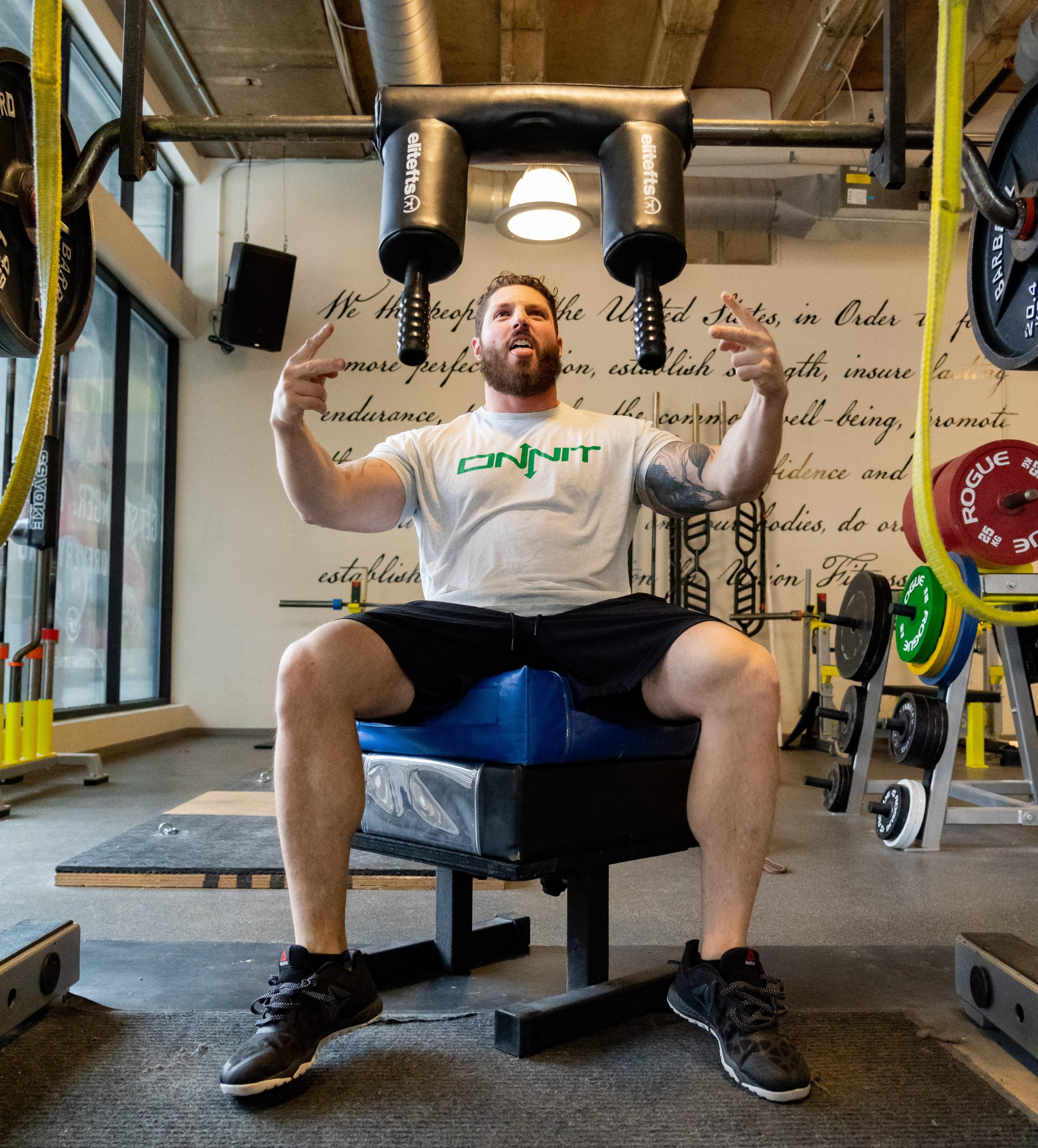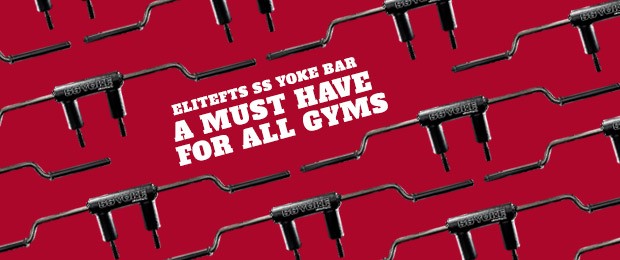
Ryan and I have been working together for years, so he's one of my guinea pigs, and he's into it. In the middle of a good training cycle about 8 weeks back or so, he tore his tricep deadlifting. It wasn't great but it wasn't terrible - a grade 2 tear at the tie in. He had it evaluated and rest was the cure, so we adjusted.
He's a strong squatter but needs a little mobility work to find his positioning. And we've been working on technique - mainly getting the lats tied into the hips and keeping an upright torso position that fits his build. You can see an example of his squats here...
Normal SSB squat, pre tricep injury
[youtube=http://www.youtube.com/watch?v=UvqdsEaV6n0]
After the injury, he decided he wanted to continue to push squats. So I asked him if he was up for an experiment. I wanted him to go no hands on the SSB to force him to stabilize that weight with his body, not just pressure from his hands putting the bar in a good position on his back. So that stability (at least in my head) would have to come from his mid and upper back.
I have never squatted with an SSB with no hands. And I rarely ask clients, if ever, to do something that I haven't done. But Ryan and I trust each other and knew where to draw the limits especially given his recent injury.
So we're working with lighter weights - 225-315 - but notice a few things in this video...
No hands SSB, post tricep injury
[youtube=http://www.youtube.com/watch?v=HEbjP5eZqm0&feature=youtu.be]
- He's forced to stack the bar over his hips
- It allows him to work on external rotation in this position (as opposed to reaching back with the hips (hinging))
- He's forced to lock down his lats and drive his head back into the bar to stabilize the weight
I don't think this is a perfect exercise by any stretch of the imagination, but in this case there was utility in using it. We're three weeks in, and will do another three weeks with it. Then assess how well it does or doesn't transfer over to his straight bar/competition squat.









